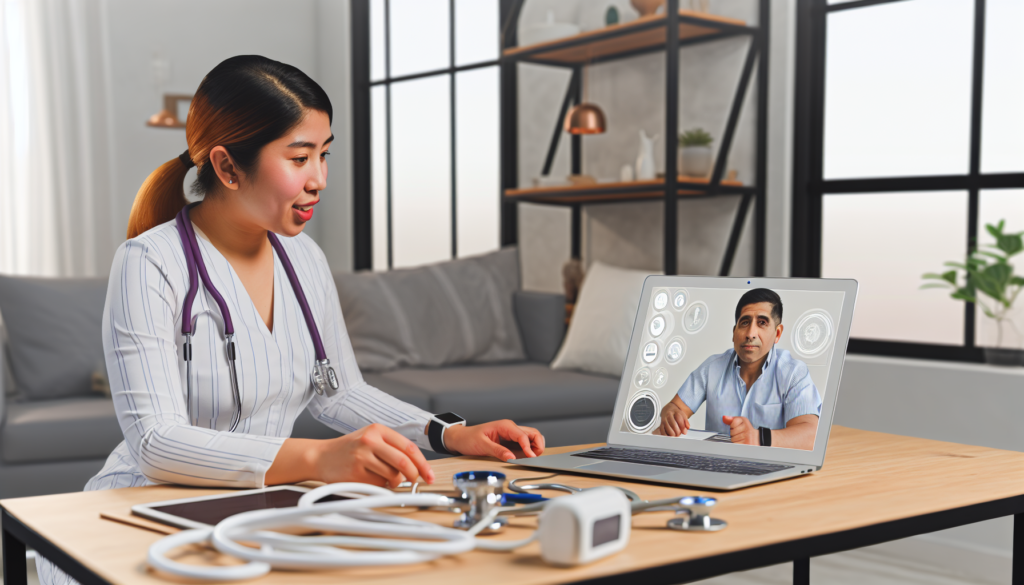Embracing Telemedicine for Home Healthcare: The Future is Now
With the global shift towards digitalization, the healthcare industry is not left behind. In particular, telemedicine – the remote provision of healthcare services using technology – has emerged as a key player in advancing health care delivery, especially for individuals relying on home health care.
The rise in telemedicine use, which has been further propelled by the COVID-19 pandemic, has significant implications for patients, caregivers, and healthcare providers alike. If you’re partaking in home health care in any capacity, understanding the benefits and challenges of telemedicine can help you make informed decisions about your health and well-being.
Understanding Telemedicine and its Benefits
At its core, telemedicine involves the delivery of health care services from a distance. It can entail consultations, preventive care, routine check-ups, monitoring, education, therapy, and more – all done virtually. This has implications for the way health care is delivered, particularly for home health care.
One of the fundamental benefits of telemedicine for home health care users is the unprecedented access it provides. Regardless of geographical location, telemedicine brings the physician’s office to the comfort of your home. This improves accessibility to healthcare services significantly, especially for individuals living in remote areas or those with mobility difficulties.
Moreover, telemedicine offers an unmatched convenience, since it eliminates commuting time and waits in the doctor’s office. It also facilitates better management of chronic conditions, as regular monitoring and follow-ups become more feasible. Additionally, with electronic health records, physicians can make more informed decisions as they have a comprehensive understanding of the patient’s history.
The Challenges
Despite the numerous advantages, telemedicine is not devoid of challenges. The most prominent is perhaps the digital divide. Not all individuals possess the necessary digital literacy or the means to access reliable internet services, which are prerequisites for telemedicine.
Moreover, technical issues can potentially impede the smooth functioning of telemedicine services. Furthermore, while telemedicine is well-suited for many scenarios, not all healthcare services can be delivered remotely. Some conditions necessitate in-person examination and treatments.
The Role of Telemedicine in the Future of Home Health Care
Telemedicine has shown its worth as an effective tool in healthcare delivery and is poised to shape the future of home health care. Along with its integration with innovative solutions such as AI and wearable technology, telemedicine is set to revolutionize home health care.
However, to ensure sustainable growth, it’s essential to address the aforementioned challenges. Strengthening digital infrastructure and literacy, improving access to digital resources, and refining technical aspects will be crucial.
For individuals involved in home health care, staying informed about these trends can help make the most of the available offerings and enhance their care. Telemedicine, despite its challenges, has the potential to transform the landscape of home health care, making quality healthcare more accessible, efficient, and convenient.
Conclusion
Telemedicine in home health care brings together the best of both worlds– the comfort of home and the assurance of professional medical care. As we continue to embrace digital solutions, there’s every reason to believe that the future of home health care will be increasingly intertwined with telemedicine, making professional health care more accessible, efficient, and convenient than ever before.



